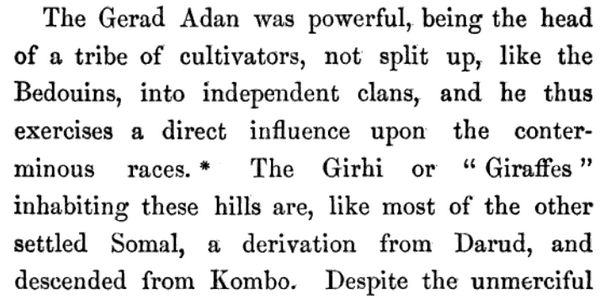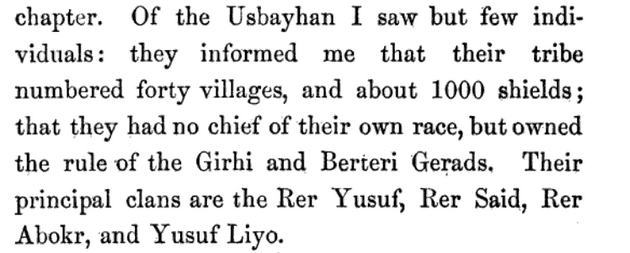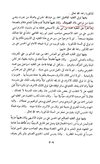Why is this important? Well, the fact of the matter is that
the word "Somali" appears to have very similar roots. It does not seem to have originally been an ethnic term but rather a counterpart to a term like "Tomaal/Tumaal" which refers to an artisanal caste/tribe among us historically:

en.wikipedia.org
You see this in how Southern Ethiosemites referred to us historically. I know some of you have heard the claim that the first mention of "Somalis" as an ethnic term instead of terms like
Barbar or Zaylai'i was in fact in a hymn composed on the orders of Habesha Emperor Yeshaq I but the truth is that the word used in his
hymn was "Simur" and one of the reasons we know this was referring to Somalis was because it goes with what other Southern Ethiosemites like Hararis called many of the Somalis during the early modern era. In Hararis' case during the 1800s they often seemed to also call us "Tumur" and the reason they called some Somalis this was because many of the Somalis of Harar, according to Burton, were crafts people like blacksmiths, leatherworkers and probably masons and carpenters as well:
I'm sure you're all aware of the idea that the origins of the word "Soomaal" are often posited by linguists to have strong pastoral roots. As in "Soo-Maal" (
Go-Milk). I lost the quote but Said M. Shidad Hussein, an accomplished Somali studies scholar, did make a good case for it having thus originally been an occupational term and that it was what our people originally called Geeljires or Reer Guraa.
It was not an ethnic term. It was an occupation, a way of life. It was seemingly the word "Arab" of its day or the word "Badu" of its day. When Yeshaq I is speaking of defeating the Walashma Sultan and his "Simur" he appears to be celebrating a victory over nomadic (Somali) warriors led by what seems to be their Sultan. The Habeshas simply assimilated our words for nomad and craftsmen when calling Somalis either "Simur" or "Tumur".
Post continued below:








